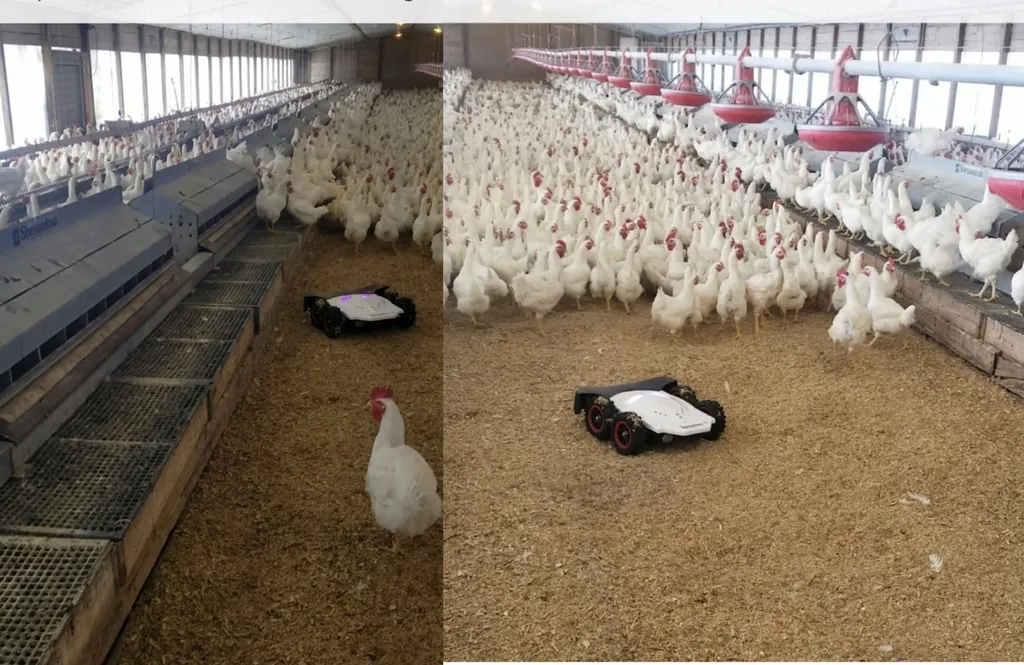Canada’s agriculture sector is facing a dual challenge: a shrinking workforce and an accelerating technological revolution. The numbers tell a clear story—job vacancy rates in agriculture have consistently outpaced the national average by 1.5% over the last decade, and the Canadian Agricultural Human Resource Council warns that the domestic labour gap could balloon to over 100,000 workers by 2030. Compounding the issue, nearly 40% of Canadian farmers are set to reach retirement age by 2033, raising questions about who will fill their boots—or, more accurately, operate their GPS-guided tractors and robotic milkers.
The sector is no longer just about tilling soil and tending livestock. Today’s farms are high-tech operations, where automated steering systems, precision agriculture tools, and data-driven decision-making are becoming standard. The financial stakes are rising too—since 2015, the number of farms reporting annual revenues over $1 million has climbed by 67%, reflecting both consolidation and the growing complexity of modern farming. Yet, as technology reshapes the industry, the demand for skills beyond traditional farming—engineering, data science, business administration, and even marketing—is outpacing supply.
The problem? Most Canadians with these skills don’t realize agriculture needs them. In 1931, one in three Canadians lived on a farm; by 2021, that ratio had plummeted to one in 61. While this shift highlights the efficiency gains from technology and improved production systems, it also means fewer people grow up with a direct connection to farming. For those outside the sector, the idea of applying a computer science degree to soil-health monitoring software or using business acumen to manage a multi-million-dollar farming operation simply isn’t on their radar.
Postsecondary enrollment data underscores the disconnect. Agriculture and natural resources remain one of the least popular fields of study in Canada, second only to personal improvement and leisure. Among those who do pursue agriculture-related education, the majority concentrate in general production, horticulture, or veterinary sciences. Fewer still land in emerging areas like agri-data, policy, or finance—fields that could drive innovation in risk management, automation, and financial strategy. With less than 1.5% of professionals in data, trades, or finance holding any agriculture-focused postsecondary training, the sector is missing out on a wealth of entrepreneurial potential.
Bridging this gap requires rethinking how agriculture is positioned to students—and where they encounter it. Experiential learning could be a key part of the solution. Institutions like Olds College in Alberta are already blending plant science with data analytics in digital agriculture programs, while the University of Guelph’s AI for Food initiative serves as a cross-disciplinary hub for AI and agri-food innovation. But to cast a wider net, non-agriculture institutions must also play a role. This could mean sending business or engineering faculty to agriculture conferences to explore industry needs, or developing workplace placements that expose students to the sector’s technological and managerial demands.
The agriculture industry itself has a role to play in creating these opportunities. Programs like the Youth Employment and Skills Program (YESP) have successfully introduced young people to agricultural careers, but expanding such initiatives to target STEM, business, and sustainability students could help address critical skills shortages. With disruptive technologies like AI reducing entry-level positions, hands-on industry engagement becomes even more vital to cultivate the next generation of talent.
The shift won’t happen overnight, but the stakes are clear. Without a concerted effort to attract diverse, highly skilled professionals—many of whom may never have considered agriculture as a career—the sector risks falling behind in an era where innovation is the difference between thriving and merely surviving. The tools are there; the question is whether the sector can broaden its appeal before the labour gap becomes a chasm.

